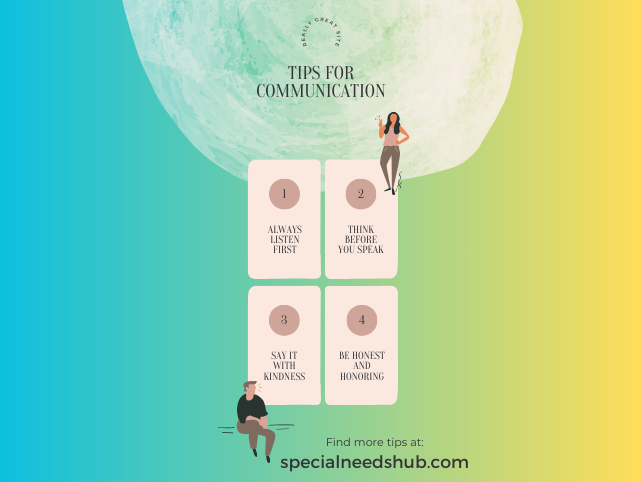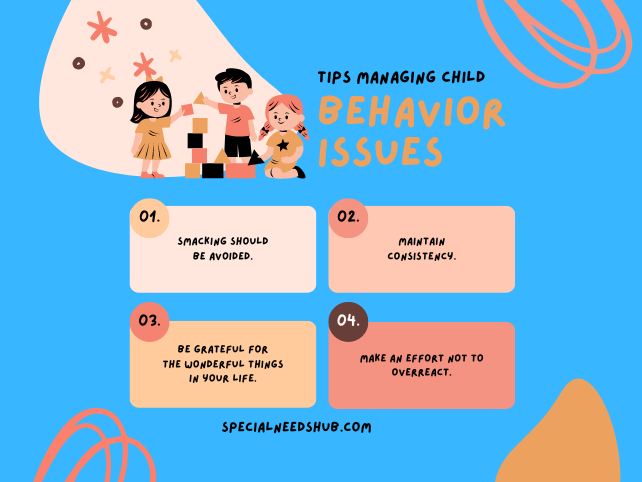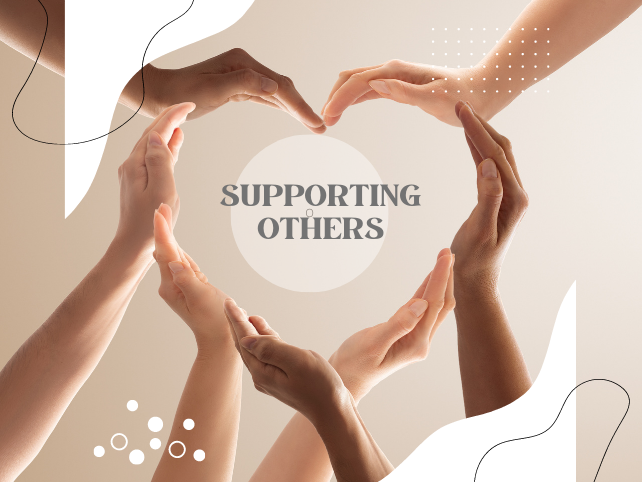
Communication is a fundamental aspect of human interaction, enabling us to express our thoughts, emotions, and needs. For individuals with special needs, such as autism, Down syndrome, or speech disorders, developing effective communication skills can be a unique challenge. However, with patience, support, and the right strategies, these individuals can significantly enhance their ability to communicate and connect with others. In this blog, we’ll explore some key tips and techniques for building communication skills for individuals with special needs.
1. Tailor Approaches to Individual Needs: Understand that communication needs vary greatly among individuals with special needs. What works for one person may not work for another. It’s crucial to assess each individual’s strengths, challenges, and preferences and adapt communication strategies accordingly.
2. Visual Supports: Visual aids, such as picture boards, communication cards, and visual schedules, can be powerful tools for enhancing communication. These visual supports provide a concrete way for individuals to express themselves and understand what is being communicated to them.
3. Augmentative and Alternative Communication (AAC): AAC systems like communication apps, speech-generating devices, or sign language can be invaluable for individuals with limited verbal communication abilities. AAC offers alternative methods to express thoughts and needs effectively.
4. Establish a Communication Environment: Create an environment that supports communication. Minimize distractions, use clear and simple language, and maintain eye contact when interacting with individuals with special needs. Creating a calm and focused space can encourage communication.
5. Consistency and Routine: Many individuals with special needs benefit from routines and consistency. Establishing predictable communication routines can help them feel more comfortable and confident in expressing themselves.
6. Patience and Active Listening: Be patient and attentive when communicating with individuals with special needs. Give them ample time to respond and avoid interrupting. Active listening signals that you value their input and encourages continued communication.
7. Speech Therapy: Enrolling in speech therapy can be highly beneficial for individuals with speech and language disorders. Speech therapists can work with individuals to improve articulation, language comprehension, and expressive language skills.
8. Social Skills Training: Building communication skills goes hand in hand with developing social skills. Social skills training can help individuals understand social cues, engage in conversation, and navigate social interactions more effectively.
9. Peer Interaction: Encourage opportunities for individuals with special needs to interact with peers who can serve as communication role models. Peer interactions can promote social engagement and provide valuable learning experiences.
10. Celebrate Progress: Recognize and celebrate small achievements and milestones in communication. Positive reinforcement can boost confidence and motivation.
11. Involve the Family and Caregivers: Collaboration with family members and caregivers is essential. They can reinforce communication strategies learned during therapy sessions and provide consistent support at home.
12. Seek Professional Guidance: Consult with professionals, such as speech therapists, occupational therapists, and special education teachers, who have expertise in working with individuals with special needs. They can offer guidance tailored to specific challenges.
Building communication skills for individuals with special needs is an ongoing process that requires patience, understanding, and dedication. With the right support and strategies, individuals with special needs can make significant progress in their communication abilities, ultimately enhancing their quality of life and fostering meaningful connections with others. Remember that each individual is unique, and it’s essential to approach communication with sensitivity and a person-centered focus.


